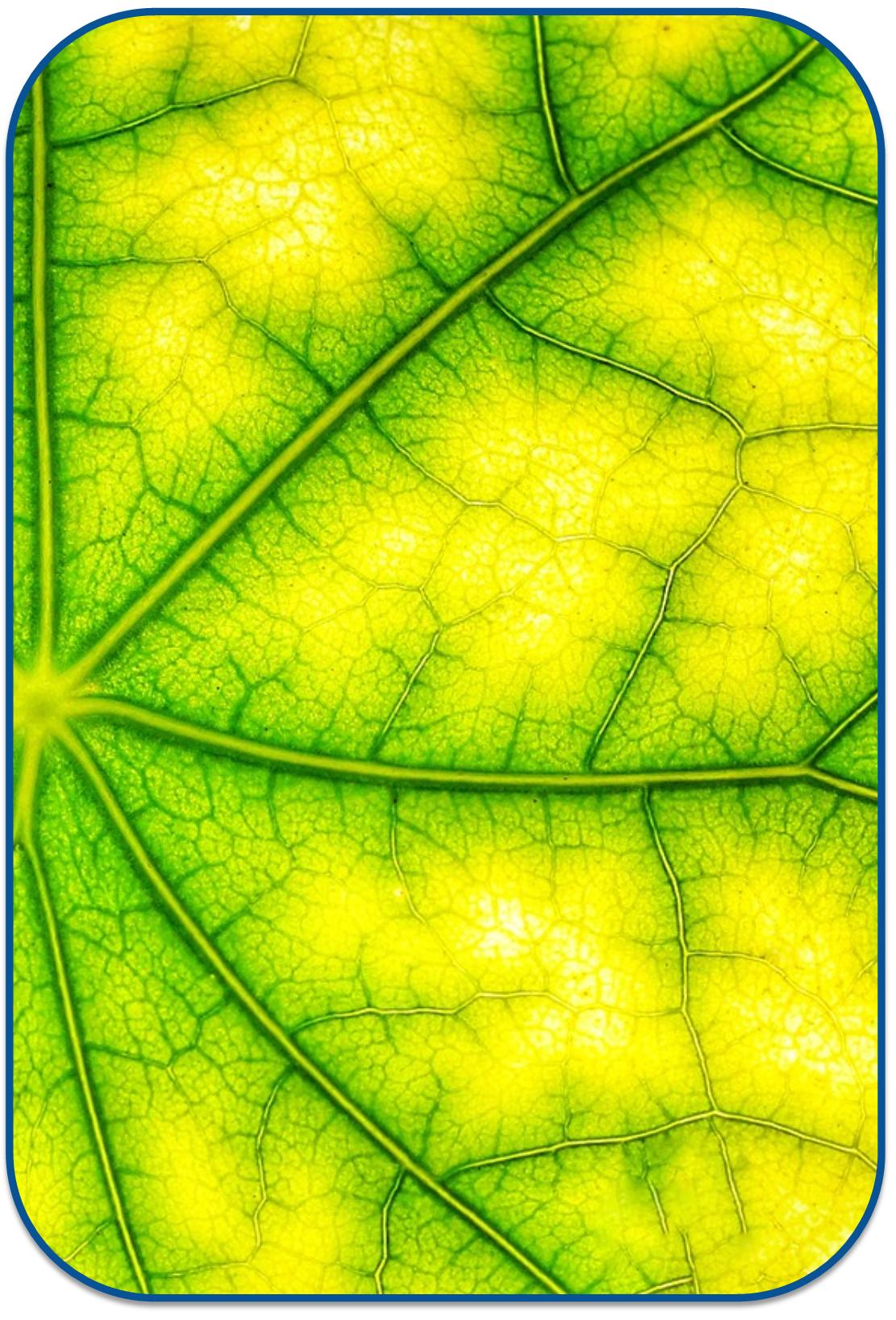Our ISI Affiliates conduct a wide array of research, extension, and teaching relating to invasion science. Part of our role at ISI is to help amplify these activities, and as our initiative grows we anticipate an increasing number and diversity of projects and mechanisms to add value. Below we provide illustrative examples of some current ISI activities.
Extension
One thing ISI aspires to do is ensure that stakeholders can easily access important information. We achieve this through partnerships, education and other activities.
For instance, we organize events at conferences where land managers and researchers can connect, kind of like speed-dating but for networking. These events encourage conversations between people who might not have met otherwise. The goal is to help managers find answers to their questions and help researchers ask questions that are more relevant to managers. Ultimately, this should lead to better outcomes for our natural resources and the many benefits we derive from them.
Via our Extension and Research coordinators, we work with the Florida Invasive Species Council to make sure natural resource managers stay updated on the latest research and management issues through monthly webinars and email updates via the Cooperative Invasive Species Management Area (CISMA) network. These webinars are free and focus on practical natural resource research and related topics. Similar internal training opportunities on a broader array of invasive species issues to Extension agents are provided via UF’s Invasive Species Council. Additionally, we collaborate with organizations like the Southeast Regional Invasive Species and Climate Change (SE RISCC) program to create research summaries that present cutting-edge research in an easy-to-understand format for managers. Lastly, we support decision-making tools that help managers make well-informed decisions, like the SIIPA tool.




